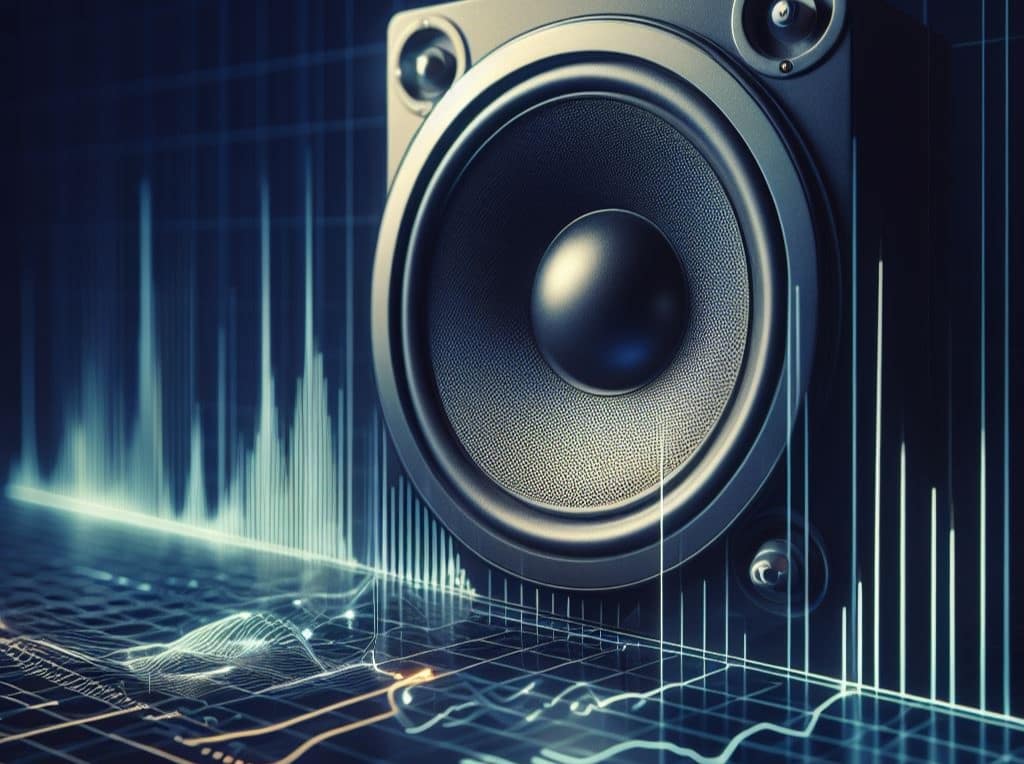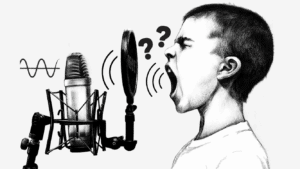
Originally inspired by telegraph and telecom domains, the audio industry has seen first uses of the audio equalization with persons like W. Mashall Leach, JR into his article Active Equalization of Closed-Box Loudspeaker Systems [1]. From the work exposed into his paper, a particular assembly of 2nd order active high-pass filters (HPF) is used to extend the low frequency response of a speaker system.
Nowadays findable in libraries of any real time signal processing solution, this simple type of filter is very easy to implement and tune since it can be controlled by only two parameters: the central frequency f and the quality factor Q.
Considering the below example illustrated in Figure 1, we can observe how much one HPF of f = 110 Hz and Q =2.2 extends the response of the presented enclosure.

However, this enhancement has a cost. First focusing on the speaker diaphragm displacement, we must ensure that the over excursion caused by the HPF will not exceed Xmax, the maximum possible linear displacement (3.5 mm illustrated in the example Figure 2). According to the application of interest, a proper requalification of power handling in these conditions might be necessary.
Also, the voltage increase at the filter frequency will cause additional current consumption (Figure 3). We must then also ensure that the speaker in-design can reasonably withstand this current consumption as well as the amplifier supply (especially if battery powered).


These two aspects being evoked, we observe on the market a popular use of amplifiers called “smart” in the sense that they feature current / voltage sensors as well as linear and non-linear speaker models [2]. Relying on this type of amplifier for audio equalization purpose can allow dynamic control of it and therefore optimization of the range of use.
Review by:
Frédéric Fallais, Acoustic Application Engineer
Arthur Di Ruzza, Acoustic Technician
Sources :
[1] W. Marshall Leach, JR., “Active Equalization of closed box loudspeaker systems,” Journal of the Audio Engineering Society, Volume 29, pp. 405 – 407, June 1981.
[2] M. Klasco, “Nuvoton ICs with Integrated Klippel Controlled Sound – New Possibilities for Speaker Design” September 2022. [Online]. Available: https://audioxpress.com/article/nuvoton-ics-with-integrated-klippel-control-system-new-possibilities-for-speaker-design.

